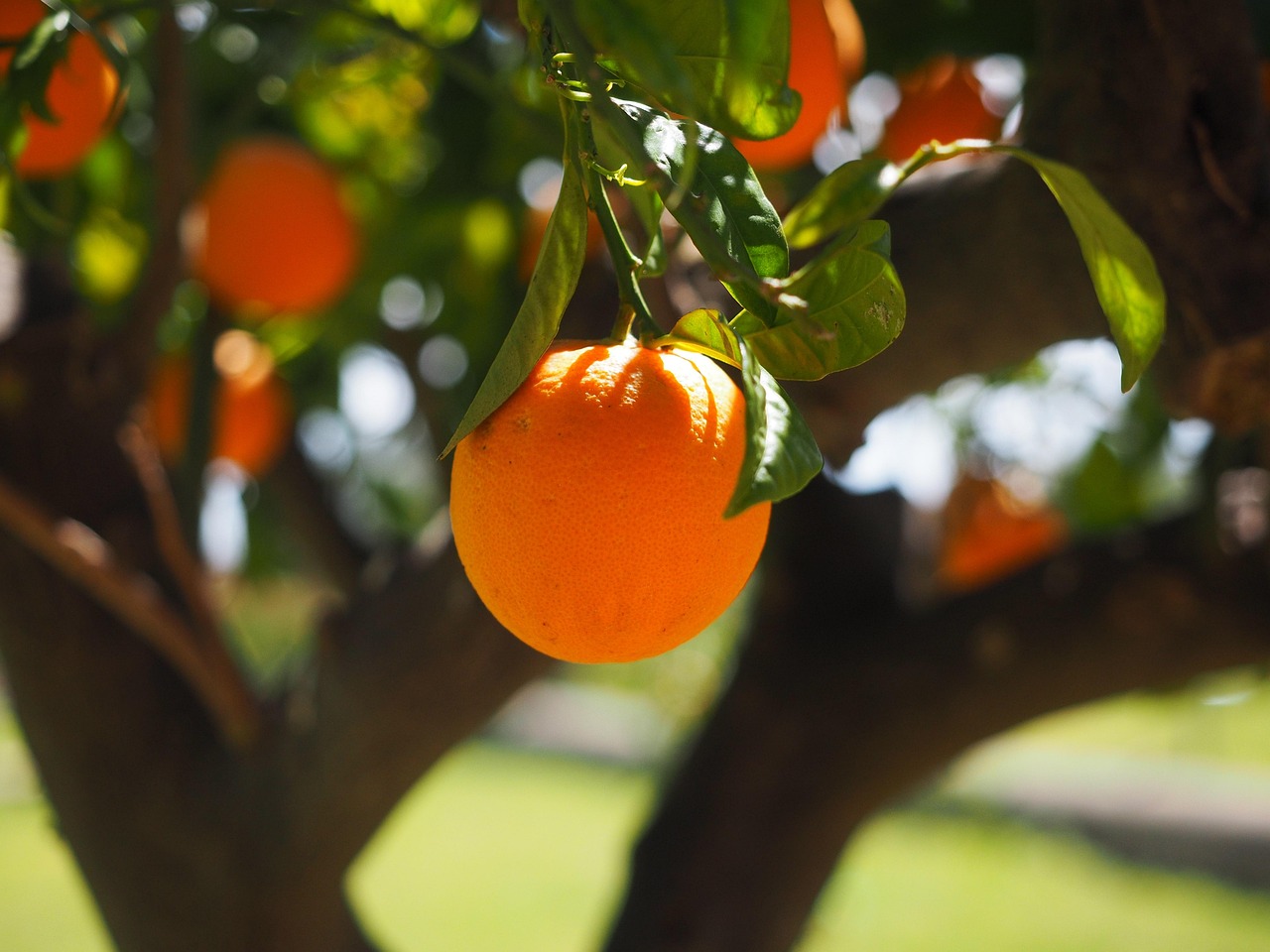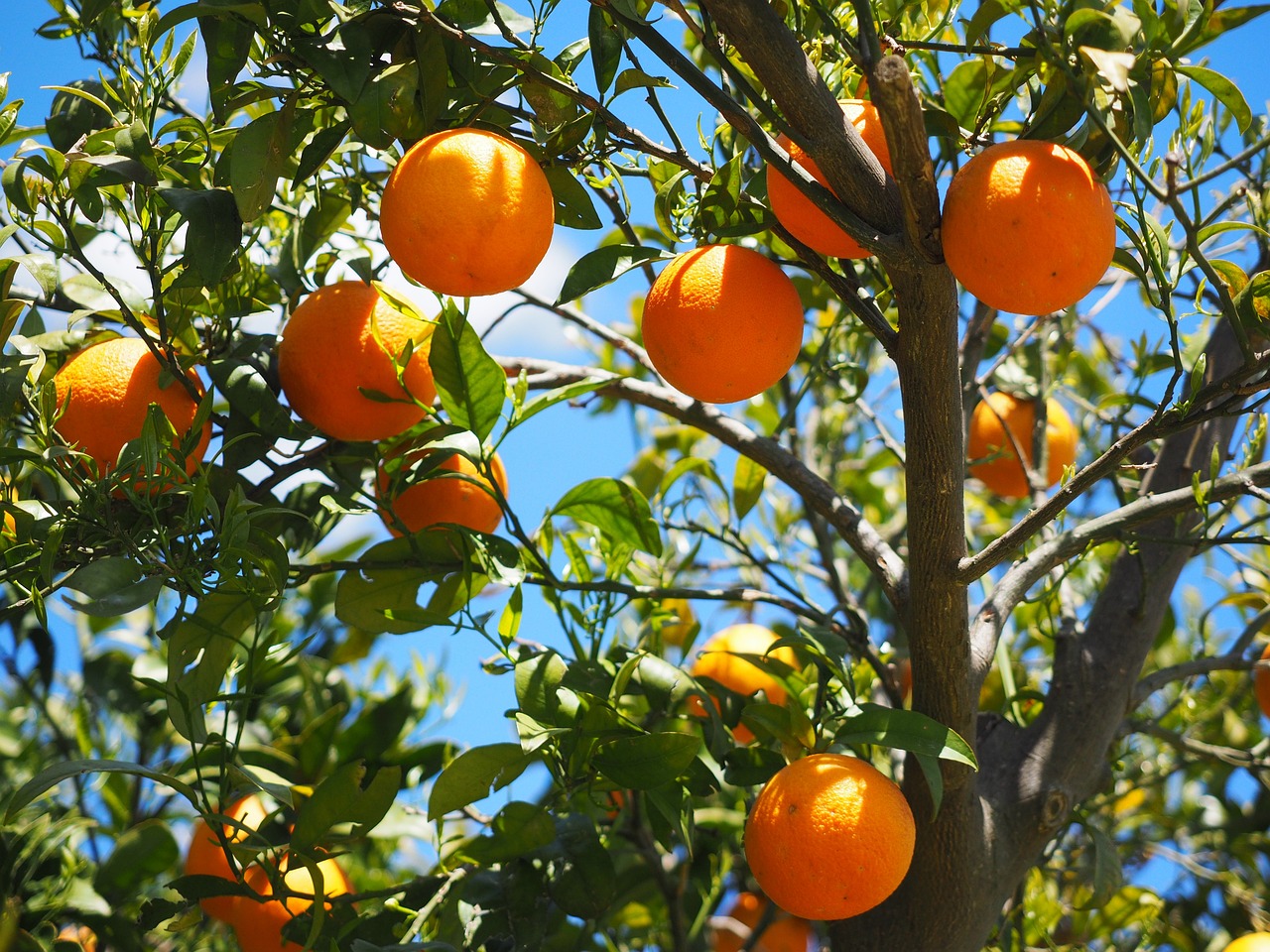Small orange flowering trees are a vibrant addition to any landscape. Their stunning colors can transform limited spaces into enchanting gardens. These trees not only provide aesthetic appeal but also attract wildlife, such as birds and butterflies, enriching the local ecosystem. In urban settings or smaller yards, these compact trees are perfect for creating focal points without overwhelming the area.
These trees come in various types, each offering unique characteristics. Some are known for their fragrant blooms, while others may feature interesting foliage. Choosing the right small orange flowering tree depends on factors like climate, soil type, and the specific visual impact you wish to achieve.

In warmer climates, small orange flowering trees thrive due to their adaptability. They often require plenty of sunlight and well-drained soil. Many of these species have evolved to withstand drought conditions, making them suitable for low-maintenance gardens. Here are some popular varieties that stand out for their beauty and resilience:
| Tree Name | Height | Bloom Period | USDA Hardiness Zone |
|---|---|---|---|
| Royal Poinciana | 20-40 ft | Late Spring to Summer | 10-12 |
| Orange Trumpet Vine | 10-15 ft | Summer to Fall | 9-11 |
| Golden Shower Tree | 30-50 ft | Spring to Summer | 9-12 |
| Desert Marigold Tree | 6-10 ft | Spring to Fall | 8-11 |
The Royal Poinciana is renowned for its fiery orange-red flowers that create a breathtaking display. Its broad canopy provides shade, making it an excellent choice for outdoor spaces. The Orange Trumpet Vine, although a climbing plant, can also be trained into a small tree form and produces stunning trumpet-like flowers that attract hummingbirds.
The Golden Shower Tree is celebrated for its cascading clusters of yellow-orange flowers. This tree can grow tall but can be pruned to maintain a smaller stature. Lastly, the Desert Marigold Tree offers bright blooms with a compact growth habit, making it ideal for smaller gardens.
Benefits of Small Orange Flowering Trees
The advantages of planting small orange flowering trees extend beyond aesthetics. Here are some key benefits:
- Visual Appeal: These trees add a burst of color to gardens and landscapes.
- Wildlife Attraction: They draw in various pollinators and birds, enhancing biodiversity.
- Shade Provision: Many of these trees provide ample shade, which can cool down outdoor areas.
- Low Maintenance: Several varieties require minimal care once established, making them ideal for busy gardeners.
In addition to these benefits, small orange flowering trees can also improve property values. Their beauty and unique characteristics make them desirable features in landscaping. Homeowners looking to enhance their curb appeal will find these trees a worthwhile investment.
As we explore more about these stunning trees, understanding their growing requirements and care needs will be crucial. Proper selection and maintenance ensure that these trees flourish in any setting. In the following sections, we will delve deeper into specific varieties and their unique attributes.
Choosing the Right Location
Selecting the appropriate location for planting small orange flowering trees is vital for their growth and overall health. These trees thrive best in areas that mimic their natural habitats. Here are some key factors to consider when choosing a location:
- Sunlight: Most small orange flowering trees require full sun exposure, meaning they need at least six hours of direct sunlight each day. Consider areas in your garden that receive ample light.
- Soil Conditions: Well-drained soil is essential. Avoid areas where water tends to pool after heavy rains. Testing soil pH can also help determine if amendments are needed.
- Space: Ensure there is enough room for the tree to grow to its full height and width. Crowding can lead to poor air circulation and increased susceptibility to disease.
- Protection from Wind: Strong winds can damage delicate blooms and branches. Planting near structures or other trees can provide necessary protection.
Watering and Irrigation Needs

Watering practices play a significant role in the health of small orange flowering trees. Proper hydration is crucial, especially during their early growth stages. Here are some guidelines for effective watering:
- Newly Planted Trees: Water thoroughly after planting. Keep the soil consistently moist but not waterlogged during the first growing season.
- Established Trees: Once established, many varieties can tolerate some drought. However, during prolonged dry spells, supplemental watering is beneficial, especially when blooming.
- Irrigation Systems: Consider using drip irrigation systems to deliver water directly to the root zone. This method conserves water and reduces evaporation.
Fertilization Practices

Fertilization enhances the growth and blooming potential of small orange flowering trees. The right nutrients promote vibrant flowers and healthy foliage. Here are some tips for fertilizing:
- Organic Fertilizers: Use organic options like compost or well-rotted manure to enrich the soil without chemical additives.
- Timing: Apply fertilizer in early spring just as new growth begins. This timing ensures that nutrients are available during the active growing season.
- Follow Instructions: Always follow package instructions for application rates to prevent over-fertilization, which can harm the tree.
Pest and Disease Management
Pest and disease management is essential for maintaining the health of small orange flowering trees. Being proactive can prevent significant issues down the line. Here are common pests and diseases to watch for:
- Aphids: These small insects may cluster on new growth. They can be controlled with insecticidal soap or by introducing beneficial insects like ladybugs.
- Leaf Spot: Fungal infections can cause spots on leaves. Improving air circulation and avoiding overhead watering helps mitigate this issue.
- Root Rot: This disease often results from overwatering. Ensure proper soil drainage to reduce the risk.
Regular monitoring and early intervention are key to managing these challenges effectively. Implementing good cultural practices, such as proper watering and pruning, will also enhance tree resilience against pests and diseases.

As we continue to explore small orange flowering trees, understanding their unique characteristics and specific care requirements will help ensure a thriving garden filled with color and life.
Popular Small Orange Flowering Trees
Exploring various species of small orange flowering trees can significantly enhance your garden’s beauty. Each variety offers unique traits that suit different landscapes and preferences. Below are some popular options that homeowners often choose for their vibrant colors and manageable sizes:
1. Royal Poinciana (Delonix regia)
The Royal Poinciana is known for its stunning display of orange-red flowers. This tree can reach heights of 20 to 40 feet, making it a striking focal point in any landscape. Its umbrella-shaped canopy provides ample shade, perfect for warm climates.
- Blooming Season: Late spring to summer.
- Growth Habit: Spreading, with a wide canopy that can be pruned to maintain size.
- Soil Preference: Thrives in well-drained, sandy soils.
2. Orange Trumpet Vine (Campsis radicans)
Although primarily a vine, the Orange Trumpet Vine can be trained to grow as a small tree with strong support. This plant is known for its tubular, trumpet-like flowers that attract hummingbirds.
- Height: Can reach up to 15 feet when trained as a tree.
- Blooming Season: Summer to fall.
- Water Needs: Moderate; prefers well-drained soil.
3. Golden Shower Tree (Cassia fistula)
The Golden Shower Tree is famous for its cascading clusters of yellow-orange flowers. It can grow quite tall but is often pruned to fit smaller spaces. Its vibrant blooms make it a favorite in tropical and subtropical regions.
- Height: Typically between 30 to 50 feet.
- Blooming Season: Spring to summer.
- Light Requirements: Prefers full sun.
4. Desert Marigold Tree (Baileya multiradiata)
This compact tree is ideal for arid climates, featuring bright yellow-orange flowers. The Desert Marigold Tree typically reaches only about 6 to 10 feet, making it suitable for smaller gardens.
- Height: Usually between 6 to 10 feet.
- Blooming Season: Spring through fall.
- Drought Tolerance: Highly drought-resistant once established.
Cultural Significance and Uses
Small orange flowering trees not only beautify landscapes but also hold cultural significance in various regions. Here are some uses and cultural aspects associated with these trees:
- Aesthetic Appeal: Their bright colors enhance the visual landscape, making them popular in parks and gardens.
- Cultural Traditions: In some cultures, specific trees are planted during festivals or ceremonies as symbols of prosperity and happiness.
- Ecosystem Support: These trees play a vital role in supporting local wildlife, providing food and habitat for birds and pollinators.
Landscaping Ideas with Small Orange Flowering Trees
Incorporating small orange flowering trees into your landscape can create stunning visual effects. Here are some creative landscaping ideas:
- Focal Points: Use these trees as central features in garden designs to draw attention and add color.
- Border Planting: Plant them along walkways or property lines to create a vibrant border that enhances curb appeal.
- Combined Planting: Pair them with contrasting foliage plants or other flowering species to create a dynamic garden display.
The adaptability and beauty of small orange flowering trees allow for endless possibilities in landscaping. Their vibrant colors, low maintenance needs, and ecological benefits make them a valuable addition to any garden or outdoor space.
Seasonal Care and Maintenance
To maximize the beauty and health of small orange flowering trees, it is important to establish a seasonal care routine. This includes practices that cater to the specific needs of the trees throughout the year. Here are some maintenance tips:
Spring
As the growing season begins, focus on:
- Pruning: Remove any dead or damaged branches to encourage new growth.
- Fertilizing: Apply a balanced fertilizer to promote healthy blooms.
- Mulching: Add a layer of mulch around the base to retain moisture and suppress weeds.
Summer
During the hot months, attention should be given to:
- Watering: Ensure consistent watering, especially during dry spells, but avoid overwatering.
- Pest Monitoring: Regularly check for pests and diseases, treating promptly if any issues arise.
Fall
As temperatures begin to drop, consider the following:
- Fall Cleanup: Remove fallen leaves and debris to prevent fungal diseases.
- Preparing for Winter: In colder regions, consider wrapping young trees or applying protective measures against frost.
Winter
In winter, focus on:
- Minimal Activity: Allow the tree to enter dormancy without interference. Avoid heavy pruning during this time.
- Monitoring: Keep an eye out for any signs of damage due to freezing temperatures or heavy snow.
Final Thoughts
Small orange flowering trees are a stunning choice for gardeners looking to add vibrant color and life to limited spaces. Their adaptability, low maintenance requirements, and ecological benefits make them an excellent addition to any landscape. By carefully selecting the right species and implementing proper care strategies, these trees can thrive and bring joy for many years.
The unique characteristics of each variety allow for creativity in landscaping. Whether used as focal points, borders, or in combined plantings, their striking blooms can transform any garden into a visual masterpiece. Additionally, these trees provide essential support to local wildlife, enhancing biodiversity in urban and suburban settings.
As you consider incorporating small orange flowering trees into your garden, remember the importance of choosing the right location, maintaining proper care throughout the seasons, and understanding the unique needs of each species. With thoughtful planning and care, your garden can flourish with the fiery colors and beauty these trees offer.
Embrace the beauty of small orange flowering trees and let them inspire your gardening journey. Their vibrant presence will undoubtedly create a warm and inviting atmosphere in any outdoor space!
